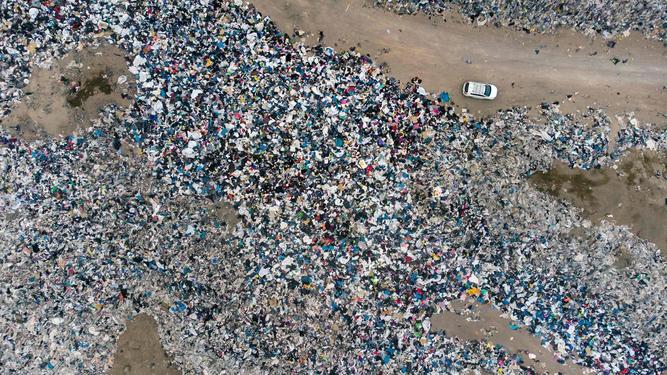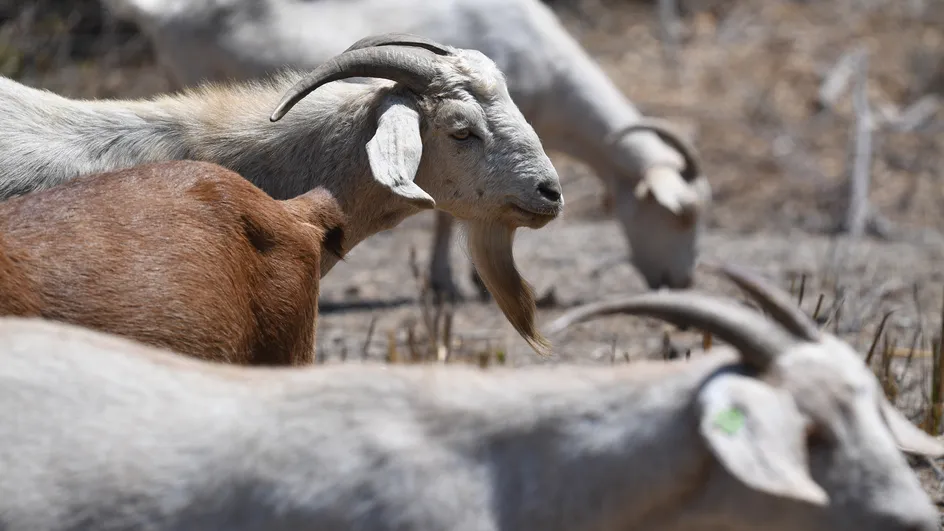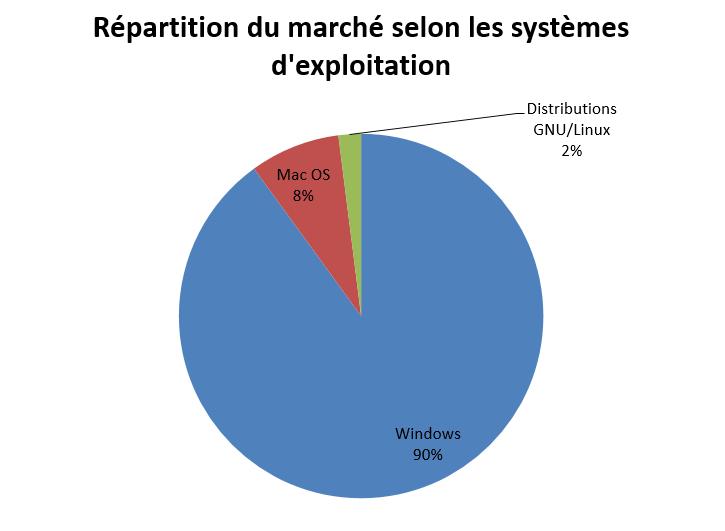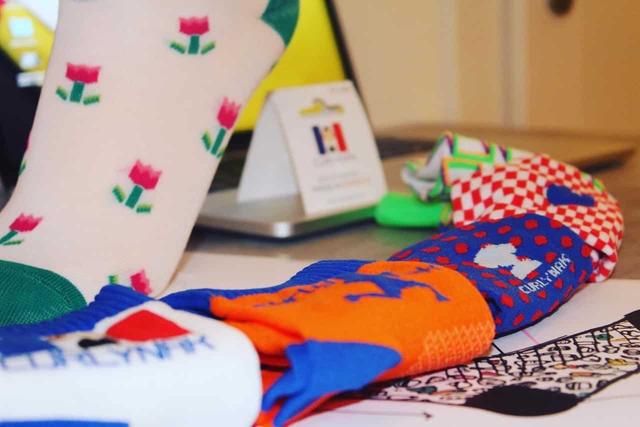A cemetery of clothing in the middle of the desert
Rain boots or even post-ski in the ATACAMA desert: In northern Chile, wild landfills of used clothes and shoes are growing commensurate with the frantic low-cost fashion productionglobal.
The South American country has specialized for forty years in the second-hand clothing trade, between clothes thrown by consumers, destocking and good works from the United States, Canada, Europe or'Asia.
Wild landfills
Each year, 59,000 tonnes of clothes arrive in the free zone of the port of Iquique, 1,800 km north of Santiago.In this commercial area with preferential customs duties, the bundles are sorted and then sold in second-hand stores in Chile or exported to other Latin American countries."These clothes come from all over the world," said AFP Alex Carreño, a former worker in the port import area.
But faced with the growth of the amount of clothes produced at low cost in Asia for brands capable of offering around fifty new collections per year, the circuit is engorged and textile waste is piling up exponentially.About 39,000 tonnes of waste is thus stored in wild landfills at Alto Hospicio, a commune in the suburbs of Iquique.
8% of greenhouse gases

"What has not been sold to Santiago or who has not smuggled towards other countries" such as Bolivia, Peru and Paraguay "remains here" because they would get them out of the free zone would not beNot profitable, explains Alex Carreño, who lives not far from a discharge.
"The problem is that these clothes are not biodegradable and contain chemicals, so they are not accepted in municipal discharges," explains Franklin Zepeda to AFP, which has just set up an EcoFibra recycling business to try toFaced with this growing problem.According to a UN study dating from 2019, global clothing production, which has doubled between 2000 and 2014, is "responsible for 20 % of the total waste of water worldwide".According to the report, the production of clothing and shoes produces 8% of greenhouse gases and, at the end of the chain, "every second, a quantity of textiles equivalent to a waste truck is buried or burned".
Buried clothes
In Alto Hospicio, a large number of clothes are also buried to avoid fires which can be highly toxic due to the synthetic composition of many fabrics.But whether they are buried underground or left in the open air, their chemical decomposition, which can take decades, pollute the air and the groundwater.
The government recently announced that the textile industry would soon be subject to the law of "extensive responsibility of the producer", by obliging companies which import clothes to take care of textile residues and facilitate their recycling.In his business of Alto Hospicio, founded in 2018, Franklin Zepeda treats up to 40 tonnes of used clothes per month.The synthetic and polyester clothes are separated from cotton clothes, then are used to make insulating panels for the building.
After ten years working in the Iquique free zone, the entrepreneur, tired of seeing these "textile waste mountains" near his home, decided to "get out of the problem to be part of the solution".
(The essential/AFP)







